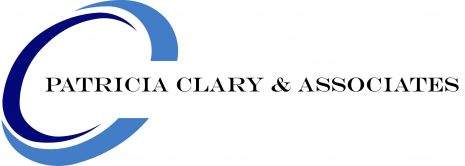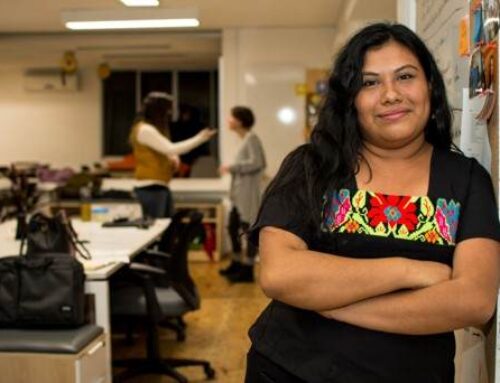Characteristically, diversity and inclusion include the demographic information of a population or group of people, such as age, gender, race, ethnicity, nationality, education level, occupation, income, marital status, family size, geographic location, language spoken, religion, sexual orientation, or disability status. One can use these characteristics to comprehend and examine various aspects of a population, such as health status, economic situation, cultural background, and social behaviors. However, in collaboration, the convening leader’s value, or lack thereof, of diversity and inclusion across socio-economic status, customs, languages, influential capacity, and resource disparities are essential factors in achieving the strategic outcomes of the group. Let’s look at the challenges and opportunities associated with the convenor’s value of diversity and inclusion.
Socio-economic status. The challenge with socio-economic status is that individuals from different economic backgrounds may face barriers to participation due to resource constraints, lack of access to technology, or competing demands on their time. Additionally, individuals from lower socio-economic backgrounds may have different perspectives, experiences, and challenges that can impact their ability to contribute fully to the collaborative effort. However, embracing diversity and inclusion in stakeholder collaboratives provides an opportunity to leverage the unique strengths and experiences of individuals from different socio-economic backgrounds. By providing accommodations and resources to ensure equal participation, empowering those with less influential capacity, and measuring progress, stakeholder collaboratives can create a more equitable and effective process that leads to better outcomes for all involved.
Customs. The different customs of diverse cultures may present a challenge in collaborative efforts as customs are traditional practices or ways of doing things common among a particular culture or society. Diverse cultures may have distinct methods of communication, decision-making, and approaching work, leading to potential misunderstandings or conflicts within stakeholder collaboratives. Additionally, cultural differences can pose challenges to understanding customs and perspectives. Nonetheless, embracing diversity and inclusion in stakeholder collaboratives presents an opportunity to leverage individuals’ unique strengths and viewpoints from various cultural backgrounds. To overcome these challenges, stakeholders can adopt measures such as providing translation services, allowing for extra time in meetings to accommodate customs and differences in approaches, and creating an inclusive environment that values and leverages each individual’s unique customs and traditions. By actively seeking diverse perspectives and cultivating respectful communication, stakeholder collaboratives can enhance their cultural competency and efficacy, leading to better outcomes for everyone involved.
Languages. Collaborative efforts can face significant challenges when it comes to language diversity. In a diverse group, members may speak different languages and have varying levels of fluency in a shared language creating misunderstandings, miscommunications, and even exclusion for those who are not fluent in the dominant language. Additionally, communication barriers in multilingual groups can result in misinterpretations or conflict. Whereby some members may experience feelings of exclusion and marginalization. However, recognizing and valuing language diversity can be an opportunity to leverage individuals’ unique strengths and perspectives from different linguistic backgrounds. Providing translation services, making meeting materials available in multiple languages, and allowing extra time for translation needs can help overcome language barriers. Stakeholder collaboratives can foster an inclusive and effective process that fulfills the group’s strategic outcomes by promoting and respecting diverse language skills.
Influential capacity. In collaborative efforts, influential capacity can be a challenge. Group members may have varying levels of influence and power, which can lead to some individuals dominating discussions or decision-making processes. At the same time, other group members with less influence may experience frustration or exclusion. However, recognizing and leveraging influential capacity can also present an opportunity to create a more inclusive and equitable process. Leaders with higher levels of influence can use their power to support and amplify the voices of those with less influence, creating a more collaborative environment where everyone feels valued and included. By recognizing and respecting each member’s unique strengths and contributions, stakeholder collaboratives can foster a culture of inclusivity, mutual respect, and trust where everyone’s contributions are appreciated and celebrated, leading to solving wicked problems.
Resource disparities. In any collaborative effort, resource disparities can present a significant challenge. Individuals and groups may have vastly different levels of access to resources, such as funding, equipment, or technology, which can impact their ability to participate fully and contribute to the group’s success. However, recognizing and addressing resource disparities can also present an opportunity to create a more equitable and collaborative process. Stakeholder collaboratives can identify and provide resources to those who need them or find alternative solutions that allow everyone to participate fully. By valuing and leveraging all members’ unique strengths and perspectives, regardless of resource availability, collaboratives can create a more inclusive process that leads to better outcomes for all involved. Moreover, promoting a culture of social responsibility and accountability by addressing resource disparities can benefit both the group and the broader community. Stakeholder groups can work towards reducing resource inequalities, creating more opportunities for marginalized communities, increasing access to resources and networks, and promoting a more inclusive society.
To effectively assimilate diversity and inclusion into stakeholder collaboratives, a convening leader needs to have a personal philosophy of diversity and inclusion. The philosophy should be based on understanding the benefits of diversity and inclusion. By assimilating diversity and inclusion in stakeholder collaboratives, a convening leader can create an environment that leads to more effective outcomes for all involved because community matters.
In community,
Dr. Pat
Dr. Patricia A. Clary is a syndicated columnist who consults with nonprofit and business sector partnerships that promote strategic community impact agendas to solve complex societal issues through governance, collaboration, and convening leadership. Connect with Dr. Clary at patriciaclary.com, LinkedIn https://www.linkedin.com/in/pat-clary/, Facebook PatriciaAClaryPhD, or [email protected]. ©2023 All Rights Reserved.
Share This Story, Choose Your Platform!

Patricia A. Clary, Ph.D.
Columnist Community Matters / Collaboration / Convening Leadership / Governance / Systems-Thinking


